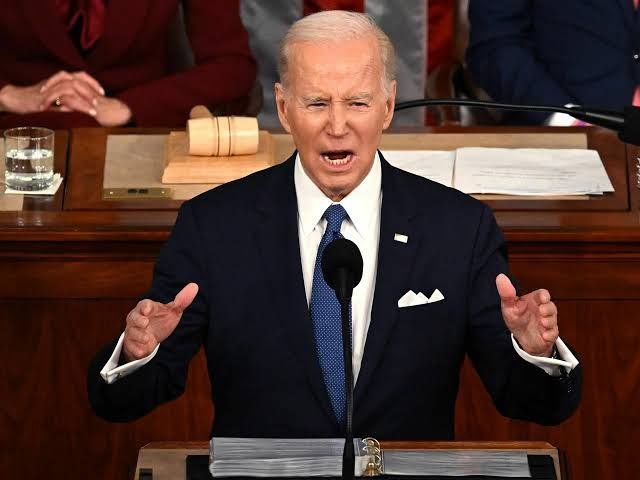“Economic Challenges Ahead: Examining Contrasting Views on the Current State and Future of the US Economy”

In recent discussions about the US economy, contrasting perspectives have emerged, raising questions about the trajectory and well-being of the nation’s financial landscape. Janet Yellen’s optimistic portrayal of the economy being in a ‘sweet spot’ has sparked debates, with some expressing concerns about a potential soft landing.
One Wall Street firm’s prediction adds a layer of unease, suggesting that by June 2024, all but the top 1% of consumers could find themselves worse off than pre-pandemic. While the excess cash in circulation is a point of contention, with estimates varying between $400 billion and $500 billion, it is notably not the widely reported $2.1 trillion.
Amidst these debates, economic contributor Steve Moore highlights a crucial aspect — the persistent rise in prices. Approximately a 20% increase is deemed inevitable, contributing to a stark reality reflected in polls where 70% of Americans claim their finances are worse off over the last two years.
Wage stagnation becomes a focal point in the discussion, as statistics reveal that over 22 of the last 25 months have seen people’s wages fall behind inflation. Even though there were brief periods of wage gains, the overall trend indicates a widening gap, contradicting the notion of the current economic situation being a ‘sweet spot.’
Digging deeper into economic indicators, troubling signs emerge. Auto delinquencies have reached their highest point since 2008, echoing concerns reminiscent of the financial crisis. Credit card delinquencies further contribute to the narrative of a deteriorating economic landscape.
The conversation expands to encompass the changing dynamics of the workforce. Higher wages, when achieved, sometimes come at the cost of a shorter workweek, adding complexity to the overall assessment of economic health. The need to revive industrial production becomes a topic of discussion, particularly in the context of global competition, notably from China.
The discussion pivots to the impact of China on the US economy. Industrial production in the US took a hit around the time China entered the World Trade Organization in 2001. The graph illustrates a shift where more goods and services are produced with fewer workers, raising concerns about the sustainability of employment in certain sectors.
The looming question arises: Is China a problem for the US economy? The debate intensifies as the discussion turns towards potential solutions. Advocates for bringing jobs back home emphasize the importance of reducing regulations and taxes to attract investment. The need to repatriate the staggering $2 trillion of capital currently flowing into China becomes a rallying point.
In conclusion, the intricate web of economic challenges facing the US becomes apparent through this multifaceted discussion. While some argue for the resilience of the economy, citing increased production efficiency, others highlight the persistent issues of wage stagnation, rising debt, and a shifting job market. As the nation navigates these economic crossroads, the path ahead remains uncertain, with stakeholders advocating different strategies to secure a prosperous future.
